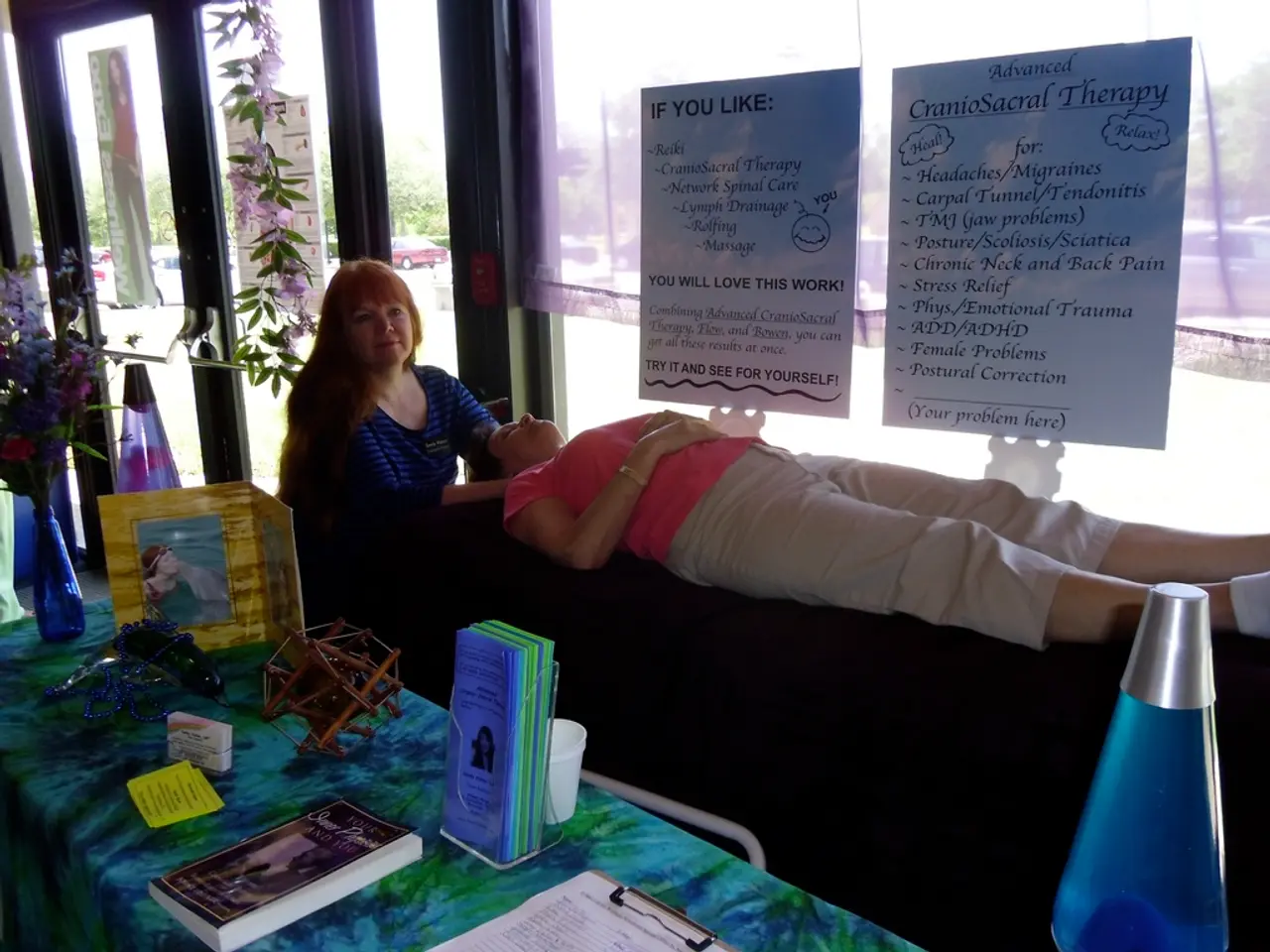Exhaustion Syndrome: Symptoms, Root Causes, and Strategies for Recovery
Work burnout, a state of exhaustion caused by prolonged stress, can impact both our professional and personal lives. Here are some strategies to help identify, manage, and overcome work burnout.
Depression and work burnout can often feel similar, making it essential to consult a mental health professional for an accurate diagnosis. Signs of work burnout include suspicion, negativity, forgetfulness, irritability, apathy, social withdrawal, physical signs like headaches or body aches, insomnia or changes in sleep patterns, appetite changes, self-medication with alcohol or drugs.
To limit potential stress, consider unplugging from workplace platforms and programs, turning off mobile notifications, and resisting the urge to check work emails during personal time. Disconnecting from technology can help set boundaries between work time and personal time, reducing work burnout.
Employers play a significant role in minimizing employee burnout. In Germany, for instance, employers are expected to implement work-specific stress management programs, supported by occupational health and safety authorities and sometimes works councils.
Work benefits can also help alleviate work burnout. These may include stress leave, coverage for therapy or counseling, job share arrangements, and other resources designed to support mental health. It's important to use these benefits, as they are part of your compensation in exchange for the work that you do.
Recovery from work burnout may involve taking mental health days, speaking with HR about work benefits, and prioritizing a regular, restorative sleep schedule. Regular, restorative sleep is crucial for cognitive and physical health, and exposure to nature can further reduce stress and stabilize the autonomic nervous system.
Regular exercise results in numerous mental health benefits, including increased production of neurotransmitters like dopamine and serotonin, reduced cortisol levels, and distraction from negative thoughts. When you take care of yourself, you're better able to contribute in positive ways at work.
A 2020 study found a link between social media use and job burnout, with social comparison from social media contributing to burnout at work. Reducing device use also limits exposure to potentially stressful social media.
It's worth noting that if a person's career isn't the right fit for their strengths and temperament, changing careers might be necessary to recover from work burnout. A toxic workplace culture, high stakes responsibilities, repeated criticism, lack of control, underutilization of skills, unsafe work environment, long working hours, shiftwork, heavy workload, insufficient time or resources, staffing issues, insufficient training, inadequate coverage for employee breaks or vacations, poor workplace communication, unclear objectives, and lack of encouragement to use employee benefits like paid time off can all contribute to work burnout.
Lastly, seeking mental health support can help identify the root cause of work burnout and manage its symptoms. By implementing these strategies, we can strive to maintain a healthier, more balanced work-life equilibrium.
Read also:
- Peptide YY (PYY): Exploring its Role in Appetite Suppression, Intestinal Health, and Cognitive Links
- Toddler Health: Rotavirus Signs, Origins, and Potential Complications
- Digestive issues and heart discomfort: Root causes and associated health conditions
- House Infernos: Deadly Hazards Surpassing the Flames








